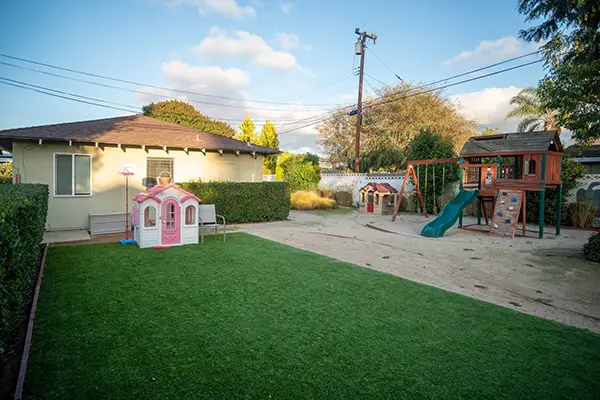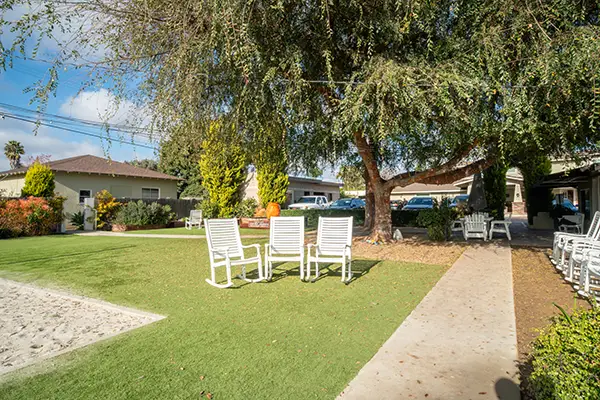
Millions of Americans Suffer From Chronic Pain
In 2018, the Centers for Disease Control and Prevention (CDC) reported that approximately 50 million American adults live with chronic pain. That is about 20 percent of the U.S. population or one in five.
It’s no wonder we have an opioid crisis in our country. Men and women of all ages and backgrounds are turning to prescription painkillers like Oxycodone, Percocet, and even Fentanyl to manage their chronic pain.
And, you may be surprised to learn that many people are ultimately turning to heroin to treat pain. Estimates suggest that about 80 percent of all new heroin users were previously addicted to prescription opioids. That is because heroin is cheaper and can be easier to get.
Using opioids in any form is a dangerous business. But it is important to recognize that prescription narcotics are not safe. The CDC reports that from 1999 to 2017, almost 218,000 people died in the United States from overdoses related to prescription opioids.
Living With Chronic Pain is A Real Challenge
We know that living with chronic pain is difficult. It can cause mobility issues, depression, isolation, and other problems that negatively affect a person’s overall quality of life. Unfortunately, most medical professionals have been overprescribing prescription opioids to treat chronic pain in the past decade. But, the times – they are a-changing.
People are coming to understand how addictive prescription narcotics can be. These drugs are now only being prescribed in extreme situations, under the close supervision of a doctor. Now more than ever, people across the United States are looking for alternative treatment options when it comes to chronic pain management.
Here are some tips for managing chronic pain without opioids:
Meditation Helps With Pain Management
Many people scoff at the idea that the spiritual practice of meditation provides pain relief. Think again! Studies have shown that deep meditation can allow someone to transcend the physical discomfort caused by severe pain. It is also known as a preventative measure, eliminating pain altogether or lessening it significantly when it does rear its ugly head.
Meditating just 15 or 20 minutes a day can have a significant impact on the way your body processes pain. You may even want to meditate two or three times a day to keep pain levels down.
Meditation should never be complicated. It is not fancy. It is a simple matter of closing your eyes, centering yourself, and breathing deeply. Many find it difficult to quiet the chatter in their mind in order to meditate. This comes with practice.
Do not be afraid of meditation. It is one of the easiest and most natural things you can do. If you prefer, you can always search “guided meditations” on YouTube. This allows you to follow someone else’s voice through a spiritual kind of journey designed to induce a meditative state, which ultimately relieves pain.
Massage Can Work Wonders For Those in Chronic Pain
Most women think getting a massage is a real treat. They see it as pampering themselves and only do it on occasion. However, when it comes to managing chronic pain, regular therapeutic massage is necessary medicine.
Research tells us that therapeutic massage helps to relax painful muscles, tendons, and joints. It also provides stress relief and helps to lessen anxiety. Some experts say that massage can help to “close the pain gate” by impeding pain signals to and from the brain.
Many women think they cannot afford to receive massages for chronic pain management. If you have health insurance, you can ask your doctor to prescribe regular massages. This will help lower any associated costs.
Reduce the Stress in Your Life
Stress has many negative effects, including causing and aggravating the pain. This not only includes stress to the physical body but also emotional and mental stress as well. If you live with chronic pain, one of the worst things you can do is expose yourself to too much stress.
Stress can show up in a lot of different ways. It could be work-related stress or the stress of being a mother and running a household. It might show up in a relationship you have with someone in your life who is toxic. Maybe it is financial stress.
We all deal with stress – it is to be expected. However, there is a fine line between stress that we can effectively manage and stress that manages us.
Treating pain without opioids is the ultimate goal. This means keeping your pain level to a minimum so you do not feel like you need a narcotic painkiller. In order to do this, take an inventory of your life. Do you feel stressed all the time? If so, it may be time to make some changes so that you can reduce your stress, and, ultimately, your pain.
Exercise Helps to Release Natural Pain Relievers in the Brain
We get it. The last thing you want to do when you are in physical pain is exercise. Of course! However, even the smallest effort can have big results. Getting your body moving – even for just a few minutes every day – will help you in the long run when it comes to pain management. Exercise releases certain neurochemicals that not only boost your mood but also act as a natural pain reliever.
You may want to discuss physical therapy with your doctor to help ease your chronic pain. You can do this at home by performing exercises that are specifically designed to work out your problem areas. When you do physical therapy, you have the ability to work at your own pace, on your own level. You reduce the likelihood of further injury and doing too much too fast.
Walking for a few minutes every day is also a great way to pump those endorphins. You can start by leaving your house and walking five minutes one way and five minutes back. Not only does walking help to reduce chronic pain, but it is also a meditative practice that enhances mental clarity, focus, and contentment. Plus, it is a great stress reliever.
Join a Support Group for People Who Live With Chronic Pain
It might seem hokey to some to attend a support group for chronic pain. However, connecting with other people who share your struggles can work wonders. You might be surprised at how healing it can be when another human being nods with understanding when you share your difficulties.
Also, attending a support group allows you to create a support circle of people who know what you are going through. You can call on these people when you are having a bad day or turn to them for advice, resources, and suggestions for managing chronic pain without opioids.
Google “chronic pain support groups near me” to find one in your area. If you feel too uncomfortable attending these groups, you can always find an online forum and get help from others on the Internet.
Are You Addicted to Opioids Because of Chronic Pain?
At New Directions for women, we take a holistic approach to treating women who are addicted to opioids due to chronic pain. We offer a detox for women to alleviate the discomfort that comes from stopping the use of prescription narcotics or heroin.
We also teach yoga and offer experiential therapies and life skills to teach women strategies for managing chronic pain.
Most women find that after prolonged use, opioids no longer work to treat pain anyway. They are supposed to be used for short-term pain management. Nevertheless, taking these drugs for an extended period of time leads to addiction. This requires effective addiction treatment.
If you or a woman you care about wants to stop using opioids and find a new way to live that involves effective pain management, we are here to help.



